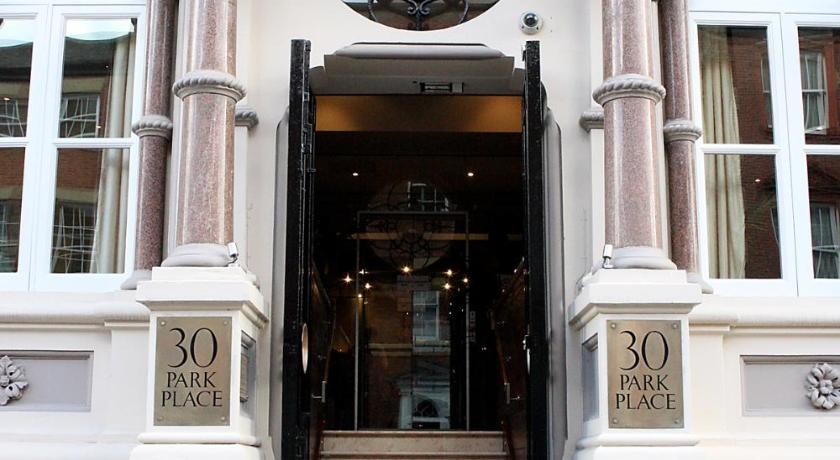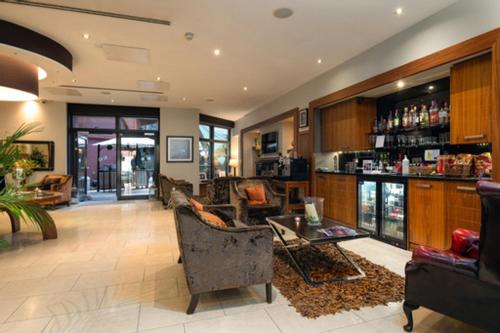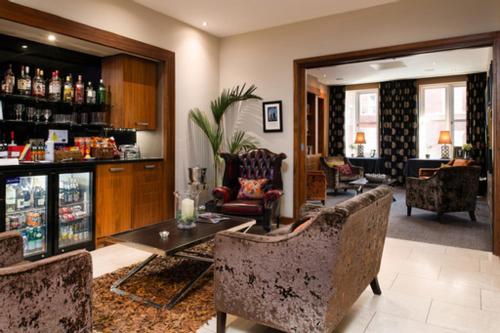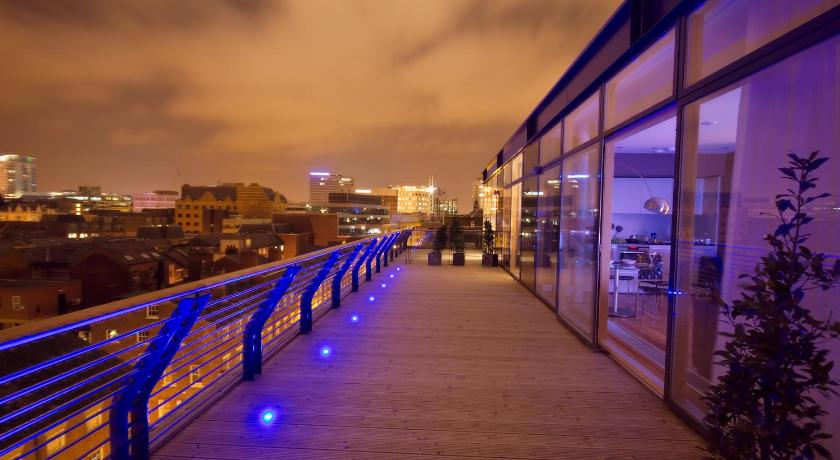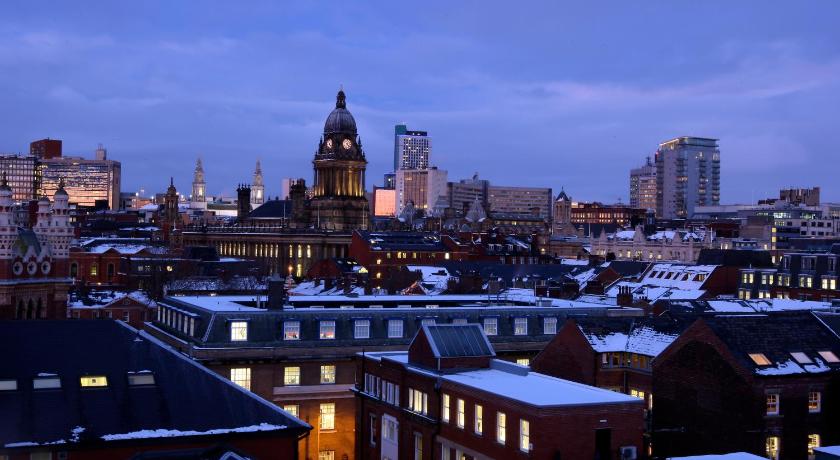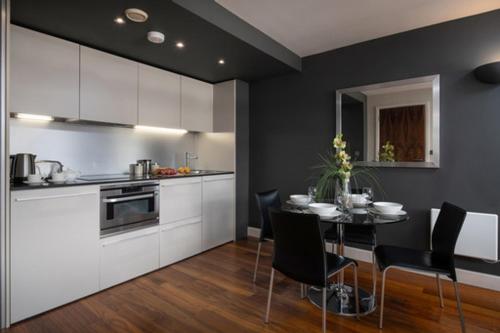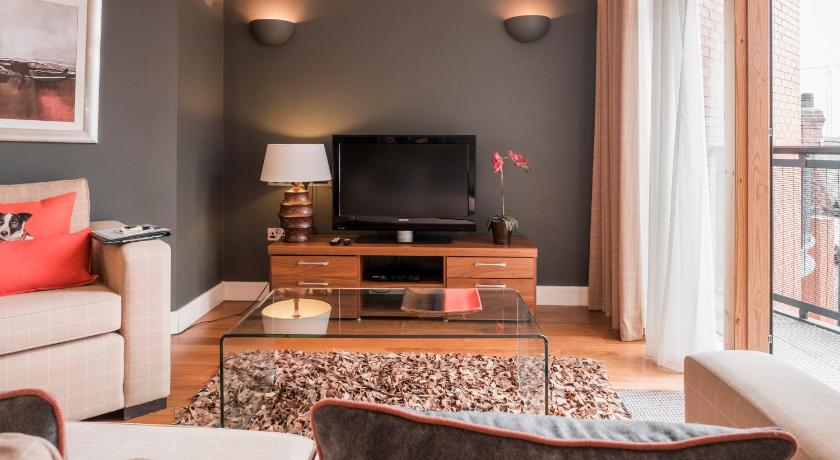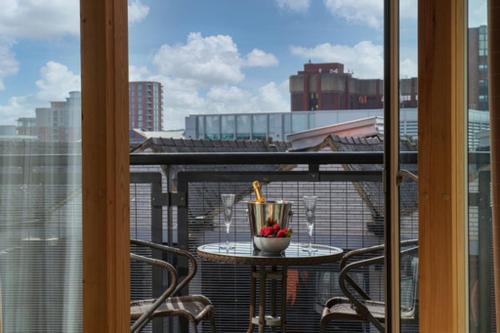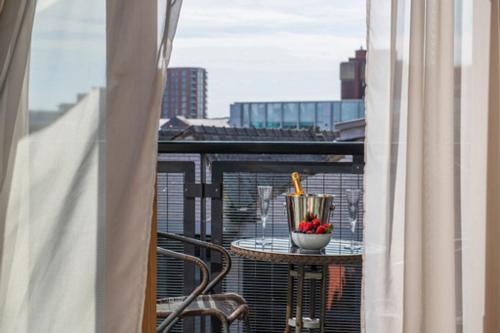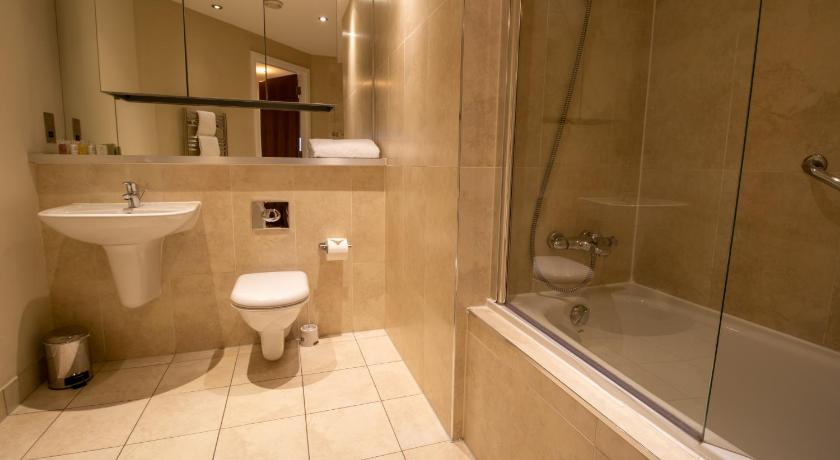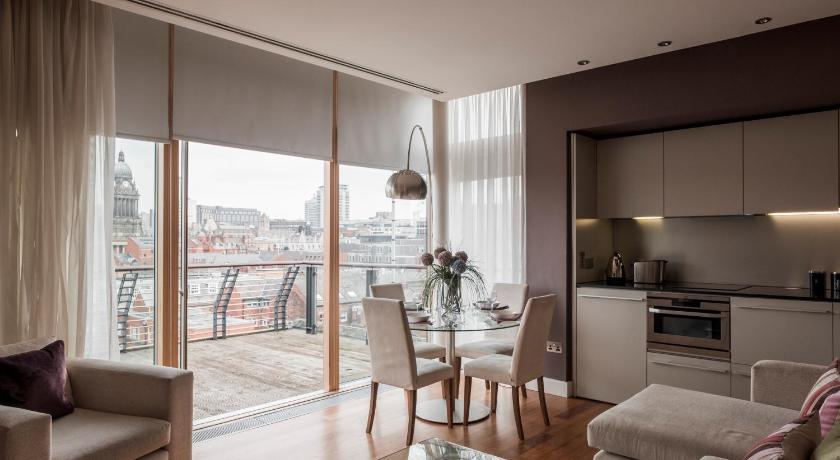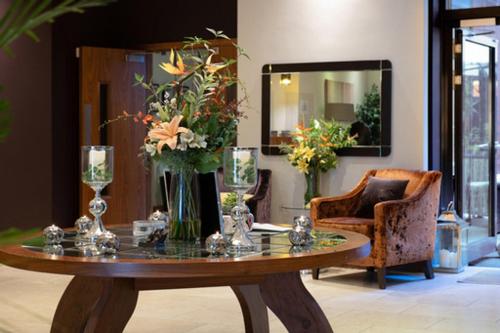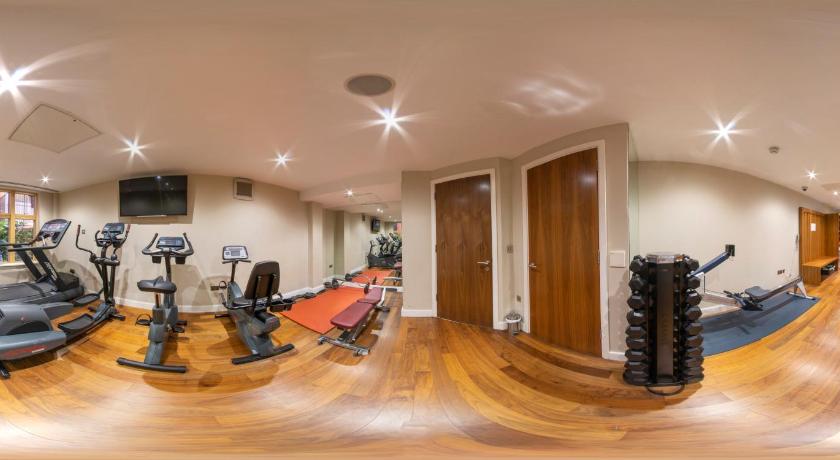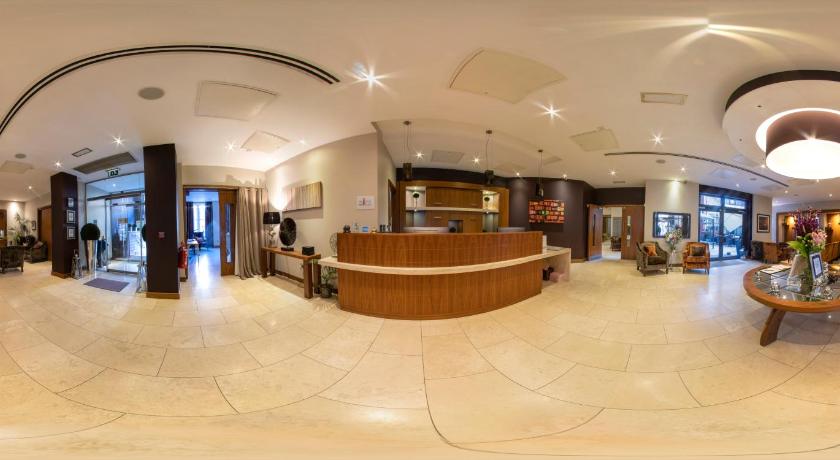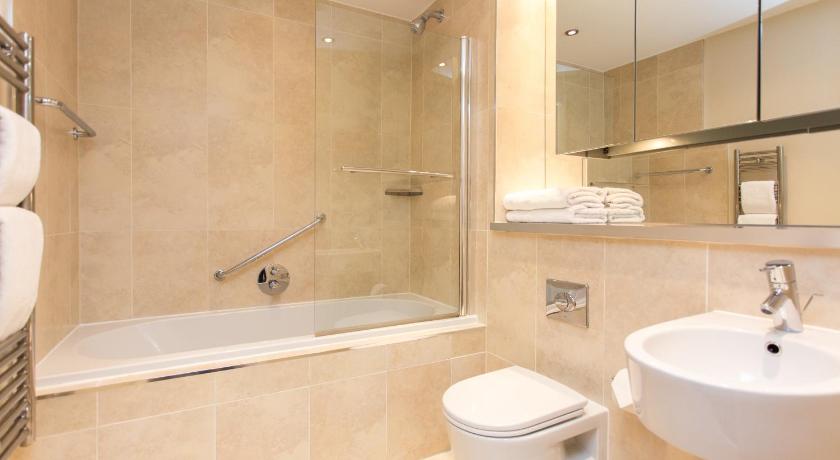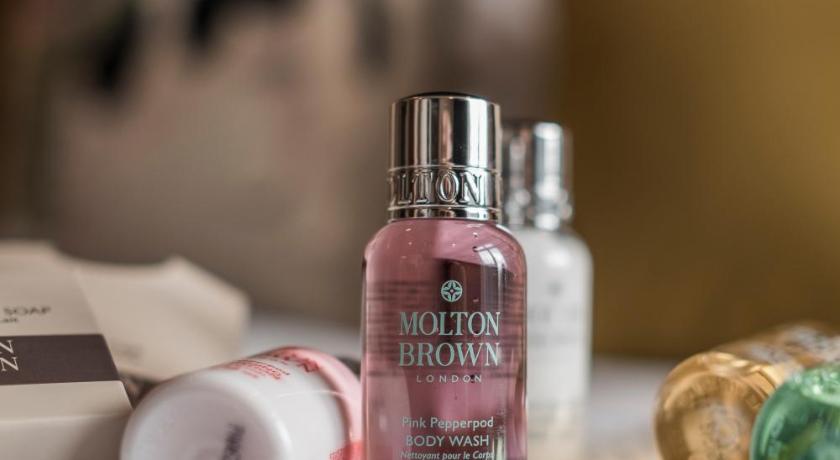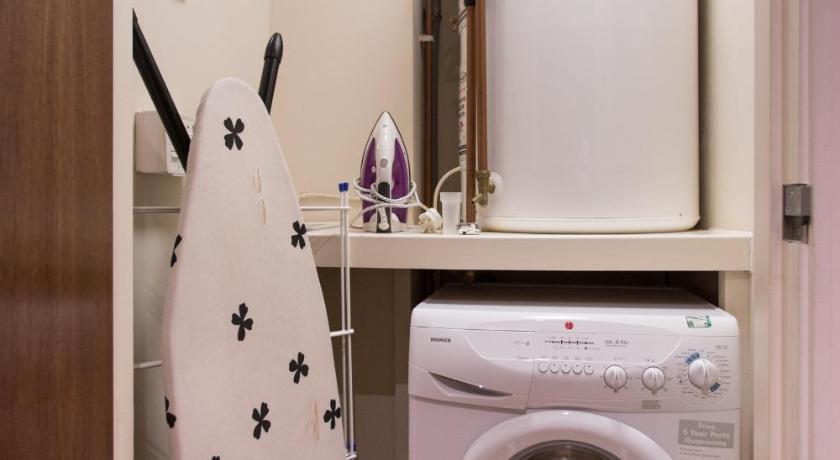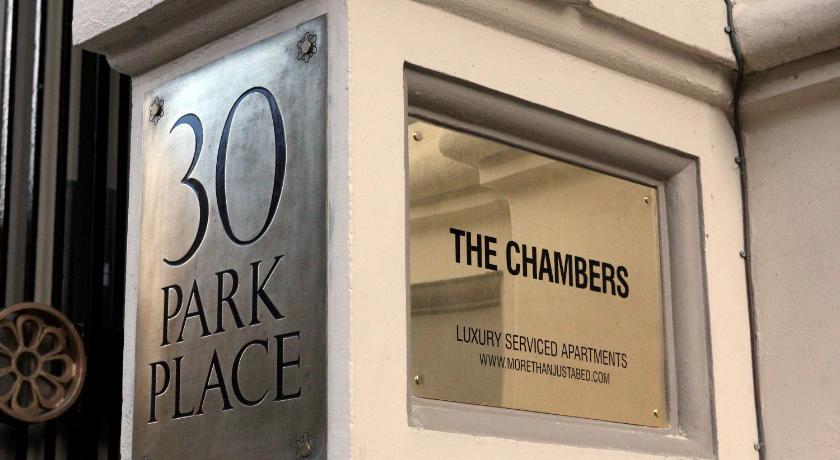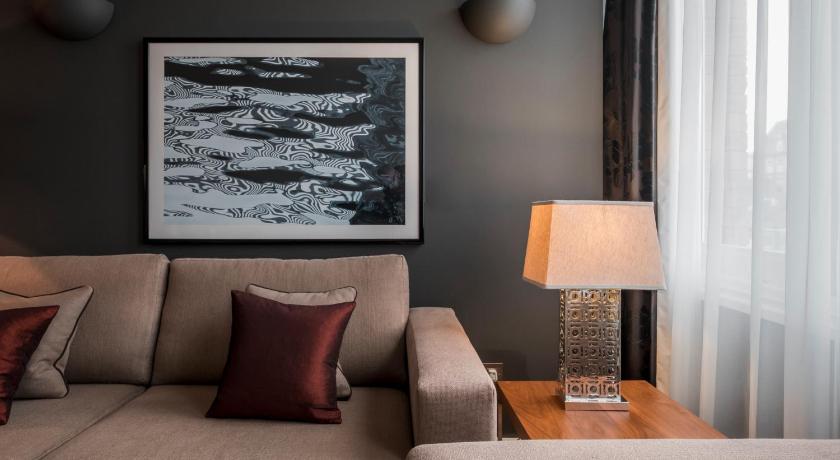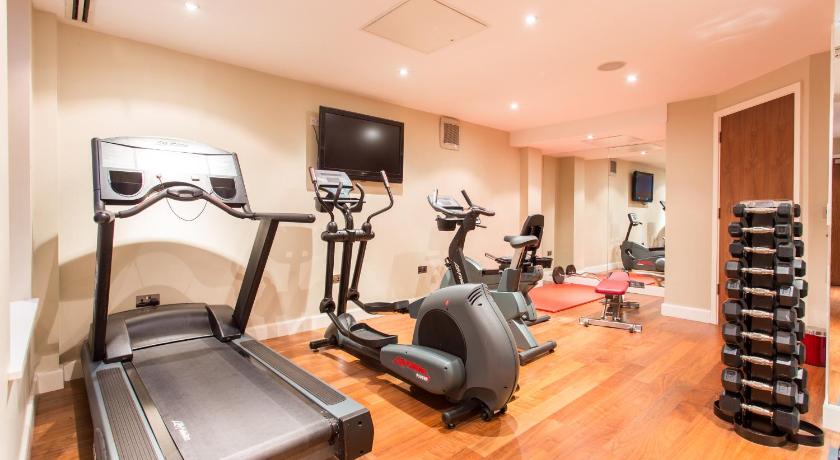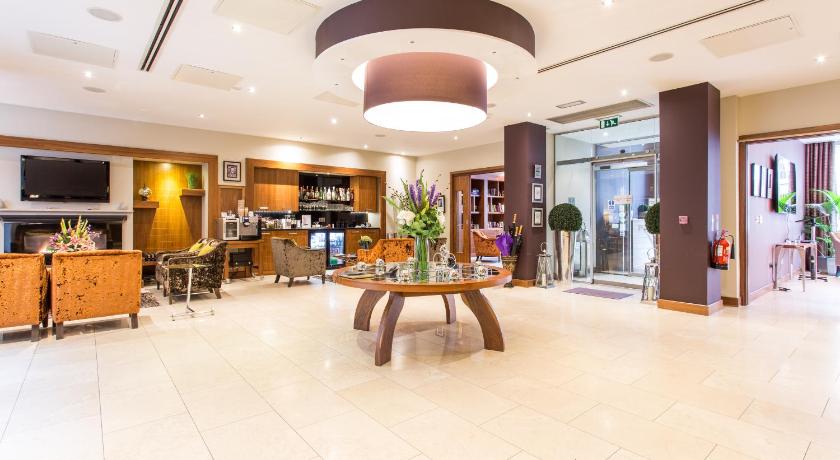Mentioned by galtreslodge.uk
York Attractions


"Grade I listed Kirkstall Abbey sits in leafy grounds and offers a snapshot into the lives of the monks who resided there. Entry to the dramatic ruins is free through the visitor centre, which illustrates the history of the abbey, which was surrendered to Henry VIII during the dissolution of the monasteries. The abbey grounds also host regular farmers markets, open cinema events and Christmas fairs."
"We talk about Kirkstall Abbey a lot, but it’s only because it really is very special. Built sometime around 1152, this ancient abbey was inhabited by monks for almost four centuries, until Henry VIII closed all of the monasteries down. There’s so much history here, and while wandering around you can really begin to imagine what the abbey was like almost 1000 years ago, when it was first built."
"Few locations can top the spectacular backdrop offered by the ruins of Kirkstall Abbey, and with 24 hectares of parkland surrounding it, you can enjoy a romantic stroll before asking that all important question."

"Clifford’s Tower is one of York’s most iconic landmarks, and is largely all that remains of the eminent York Castle. Over its thousand year history, Clifford’s Tower has operated in a number of different functions, housing everything from kings to criminals, cannons to cows. Constructed by William the Conqueror in 1086, the first Clifford’s Tower was a wooden structure placed high on the motte that still stands today."
"Clifford's Tower is an excellent first stop when visiting York. The panoramic views from the top of the tower give visitors a spectacular overview of Old Minister, York, and the North York Views. The tower is situated on a tall hill, perfect for providing defense to York."

"You wouldn’t know it from the outside, but inside Abbey House Museum you’ll find a recreated Victorian street. Explore the high street, with its traditional shops full of old artefacts, nip into the Rover Inn to see what a pub was like back in the day and even call by the undertakers for a slightly more grisly glimpse of the past. Don’t miss the Childhood Galleries where you can marvel at 19th century toys, with everything from dolls’ houses to penny slot machines."
"During the Victorian Period, the Industrial Revolution changed Britain, turning it from a rich but agricultural nation to the modern country it is today. Abbey House Museum captures these exciting times, recreating shops, pubs and houses from the 19th century. Wander through Victorian streets and see how the people of Leeds lived two hundred years ago, and see if you can spot what has changed and what’s stayed the same."
"Abbey House Museum is one of those museums in Leeds which holds a number of activities for the children ranging from descriptive to interactive. This museum was short-listed for the Guardian ‘Kids in Museum family Friendly Award’ in 2011. The museum allows you to go back in time and wander in the Victorian Streets so as to see the life in 19th century Leeds."


"The York Cold War Bunker has to be one of the city’s most captivating attractions. Tucked down a quiet residential cul-de-sac, you’ll find the inconspicuous entrance through an industrial-looking bomb-proof door. Go past the decontamination room, and down to the control centre, dormitory, and staff room where, for more than 30 years, this place hummed with activity, staffed by volunteers ready to map and manage the fallout from a nuclear blast."



"Every year Leeds Valentine's Fair brings some thrills and spills to the Valentine's Day and the Februiary half-term holidays, with more than 70 attractions on offer. In 2020 the fair moved from it's previous base at Elland Road, next to Leeds United's ground, to Woodhouse Moor in Hyde Park, Leeds. This year's fair is running now until Sunday, February 23."
"Also known simply as Hyde Park, this is the place to be for students as soon as there's an inkling of sunshine in the city. It may not be the prettiest of parks on first glance, but hundreds of people plonk themselves on the grass, crack open a beer and blast out the tunes during the summer."

"Once the richest abbey in the north of England, St Mary's lies in what are now the York Museum Gardens, on a steeply-sloping site to the west of York Minster. The abbey dates back to 1086 and over time became the wealthiest monastery in northern England before it was dissolved by Henry VIII in 1539. Over the next 200 years, it fell into disrepair and was largely dismantled for its stone."
"St Mary’s Abbey is a ruined Benedictine abbey in York, surrounded by the Museum Gardens and next to the Yorkshire Museum. It was once the richest abbey in the north of England. 575 metres from the Minster.Yorkshire Museum, Museum St, York YO1 7FR, United Kingdom"

"Spark:York is a place that looks and feels like no other venue in York. It’s a vibrant, relaxed place to eat and drink, with kids or without, and a good option if you’d like a range of food and drink to choose from and take away (or eat there). There’s a changing rota of pop-up bars and restaurants, but if you imagine craft ales, edgy cocktails and some of the best street food in town, you’re not too far from the mark."
"When to go: When you fancy something quick, casual and can’t decide so visit more than one. What to have: The buttermilk fried chicken burgers from Clucking Oinks are unbeatable. Wash one down with an ice-cold can of craft beer from resident bar Piccadilly Tap."
"Spark:York is proud to always offer an eclectic mix of food and drink from around the world. Showcasing a fantastic range of local and independent businesses. Enjoy a deliciously fruity peach bellini served by the piano at Bohemian Bar."

"Though not the grandest, Thornton’s Arcade was the first Victorian shopping arcade to be built in Leeds and remains one of the most interesting. Its sky-coloured, neo-Gothic arches rise up to a glass ceiling and..."
"The landmark clock is located at the western end of Thornton’s Arcade. It has wooden sculptures of people and a huge bell. The sculptures are colorful, vibrant, and life-size."


"Grassington Folk Museum is a must for anyone interested in rural village history. The museum holds a selection of local items of interest and has friendly and knowledgeable staff."

"Kala Sangam, St. Peter’s House, 1 Forster Square, Bradford, West Yorkshire, BD1 4TY - Visit now. Kala Sangam is an intercultural arts hub based in the heart of Bradford city centre which reflects the diversity of contemporary Britain through the work it presents, the artists it supports and the communities it engages."

"Lotte Inch Gallery first came to York in 2012 in the form of a pop-up art gallery space – but many glorious years later and after several small pop-up exhibitions, the gallery moved from its previous space near York Minster to its current location in bustling 14 Bootham. The eponymous Lotte comes from a background in Art History and Heritage, having worked for The National Trust; Scampston Hall and Gardens; and The Stanley & Audrey Burton Gallery at The University of Leeds, amongst others – making her a mastermind when it comes to art. The gallery is the ideal place to discover new artists, designers and makers, alongside established names and figures, hoping to be a “welcoming and inclusive place with a regularly changing programme of exhibitions."

"The Georgian-style Mansion House in York is the home of the city's Lord Mayors during their term in office. This is the earliest purpose-built house of this sort still in use – it predates the Mansion House in London by at least 20 years. The foundation stone for the building was laid in 1725, and it was completed seven years later, in 1732."
"Located in the center of the city, the Mansion House is the official residence of the Lord Mayor of York. But along with being a home, this historic house is popular with visitors. The Mansion House exhibits an impressive collection of paintings, silver and furniture."

"The pretty suburb of Horsforth has a lot of history behind it. It was once the most populous village in the United Kingdom, in the latter part of the 19 century. On top of that, the village was personally thanked by US President Bill Clinton in 2000 for raising funds to build HMS Aubretia during WWII."

"Barley Hall is a timber framed medieval townhouse lying behind Stonegate, accessed by a narrow snicket. The 14th century house was concealed under the framework of a more modern building and was only discovered during renovation work in the 1980’s. Barley Hall, particularly its recreated banqueting hall, will provide visitors with an accurate experience of what life was like in medieval York."
"This restored medieval townhouse, tucked down an alleyway, includes a permanent exhibition of life in the times of Henry VIII. It was once the home of York’s Lord Mayor. The centrepiece is a double-height banquet..."














